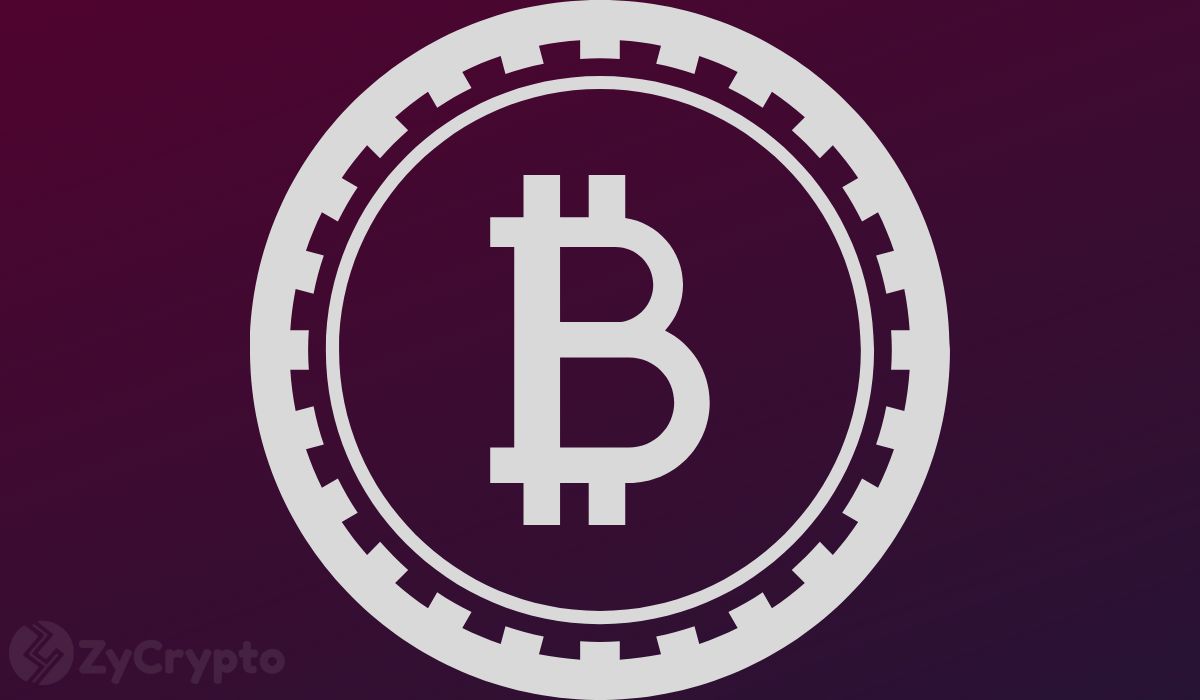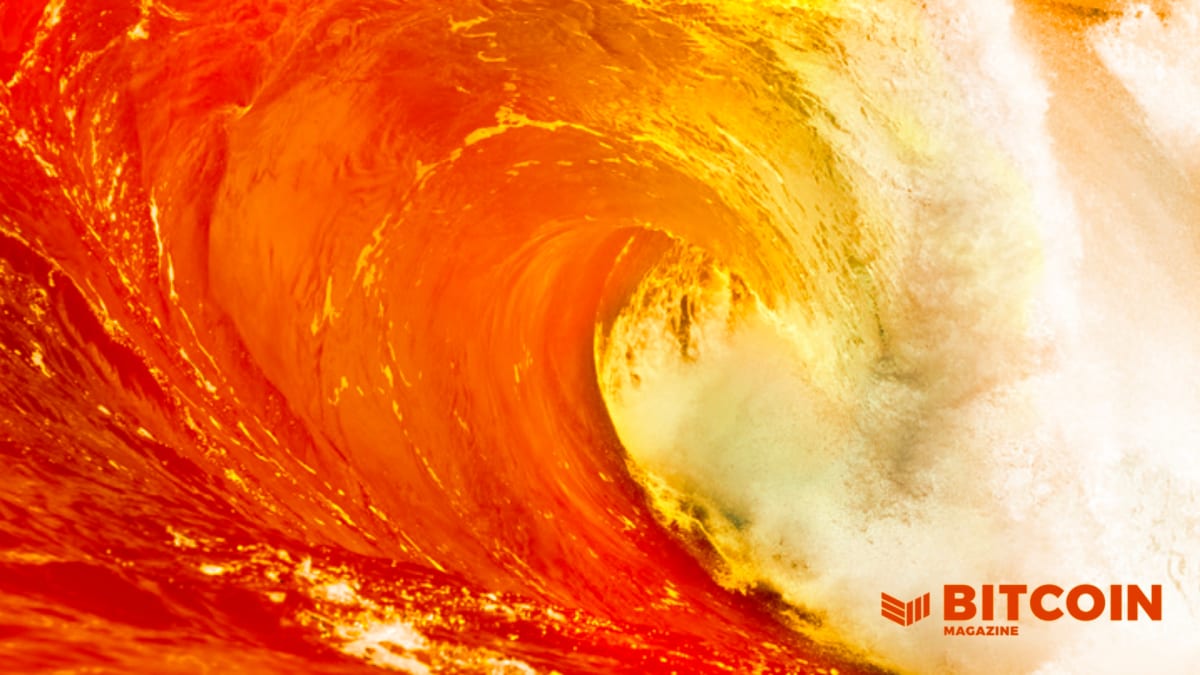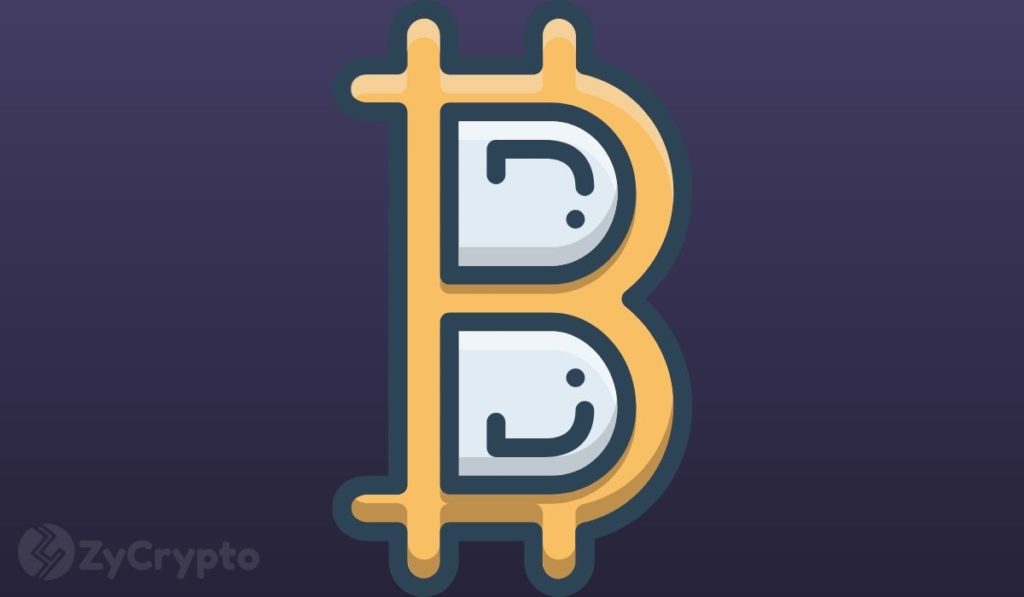2020-8-12 12:29 |
If you have followed the price development of Bitcoin, you might have wondered why there has been such a vast increase in Bitcoin’s value over the last ten years. In order to understand what gives Bitcoin its value, let’s first take a look at money itself.
From Bartering to GoldIn the early days of humankind, all trades were achieved through bartering. When bartering, you generally have two options: you can either trade something you have against something you want, or you can trade it in for something of which you think that someone else wants for a later trade.
Over time, metals, especially gold, have emerged as the go-to goods for exchanging value in most civilizations. When trading, you happily accepted gold in exchange for your goods, since you knew that other traders would accept it as well. This was somewhat of a natural step, as gold was durable, fungible and hard to counterfeit.
While there are many accounts of other materials being used as a medium of exchange, whatever was used as money in a society was valuable, as people trusted traders to accept it. The reason why traders accepted the money was that they trusted other traders to accept it in return.
Due to individual differences, all people are estimating the value of goods and services differently. This is what makes trading possible in the first place. If you go into a bakery to buy a loaf of bread, you are assigning the bread a higher value than the baker charges for it. Likewise, the baker values your money higher than having the bread lay on his shelves. Therefore, by trading both you and the baker have increased what they perceive as the total subjective value of their possessions.
From Gold to BanknotesFor most of the time in human history, money had an intrinsic value as a scarce commodity. This was later revolutionized with the introduction of gold-backed banknotes. Whoever brought a note to the bank that issued it was able to withdraw the note’s worth in gold. Since it was a lot easier to trade these notes, rather than carrying around physical gold, this soon became the standard in the western world.
The problems began when governments started to abolish this gold standard and replace the gold-backed notes with their own banknotes that were not backed by anything, also known as fiat currency. Suddenly, money was not scarce anymore, as the governments were able to print as much money as they liked, thus diminishing the value of every other banknote in circulation.
The only thing that kept fiat money valuable was again trust, which was however forcibly established through the state. People knew that they could redeem their money for the goods and services produced by a national economy, as it was mandatory to accept this form of legal tender.
In times when the economy produced more goods and services, the value of the currency rose, as there was still the same quantity of money in circulation, but more things to buy on the market. What happened far more frequently however, was that governments and central banks kept increasing the money supply. With every new note that was put into circulation, the trust people had in the currency went down and subsequently, the value of the currency plummeted.
Back to (digital) GoldThen came the financial crisis in 2007/08, which shook up people’s trust in banking and fiat money. In the wake of the crisis, an unknown person, or a group of people that went by the pseudonym Satoshi Nakamoto, invented Bitcoin, as a decentralized peer to peer currency that runs without any central middlemen, such as banks or governments.
In contrast to fiat money, people do not have to put their trust in a central bank with Bitcoin, since its supply is dictated by Bitcoin’s source code. There will never be more than 21 million Bitcoins in circulation, thus ensuring scarcity. Like with all assets and commodities, Bitcoin is valuable because other people are willing to pay for a Bitcoin and the more people put their trust in Bitcoin, the more valuable it becomes.
Many people have also dubbed Bitcoin the “digital gold”. This is because the cryptocurrency shares many of the shiny metal’s properties. It is fungible, durable, resistant to counterfeiting, and above all, scarce. The only difference is that Bitcoin is not traded at a physical location, but an online exchange.
Traders who want to buy Bitcoin post the maximum price they are willing to buy at to the exchange, while sellers post the minimum price they are willing to accept. If there already is a matching offer, the exchange carries out the trade at the price the counterparty has quoted. If there are no matching offers, the order will be entered in the exchange’s order book, waiting to be filled later in time.
Bitcoin and its Exchange RateBitcoin’s exchange rate is, like every other asset, affected by supply and demand. If more people want to buy and hold Bitcoin, its value rises. If people are selling off their holdings, the price drops. At any time, the value of one Bitcoin is exactly what other people are willing to pay for it.
Let’s say that you register at a crypto exchange, in order to buy 1 BTC for $10,000. The exchange first checks if there already is someone who wants to sell at this price and instantly carries out the trade, if this is the case. Otherwise, you’ll have to wait for someone to come along and offer you 1 BTC in return for your $10,000.
Every year on May 22nd, the crypto community celebrates Bitcoin Pizza Day. This date is so important, as on the same day in the year 2010, the community got a first grasp of Bitcoin’s value, when a US citizen paid 10,000 BTC for two large pizzas.
This was about the same time the first crypto exchange, BitcoinMarket, opened its doors with an opening trading price of $0.003. Over time, the price has appreciated, as the amount of Bitcoins mined were not able to satisfy the demand for the currency.
The reason why Bitcoin’s price appreciates is that most people hold on to their Bitcoins, most of the time. Thus, it is mainly the Bitcoins that are newly mined on a regular basis that become available on the exchanges in order to satisfy demand. For the same reason, Bitcoin’s halving event that reduced the supply by half was so eagerly anticipated in 2020.
While most Bitcoin owners keep their crypto in reserve, just as you would store gold in a vault rather than spending it, there have always been events that led to the same Bitcoin owners suddenly flooding the market. Whenever this happens, the price crashes, since demand cannot keep up anymore with the rising supply.
So this is it. The reason why Bitcoin is valuable is due to the laws of supply and demand, but most importantly, trust. The more people put their trust in Bitcoin and vault the cryptocurrency as a store of value, the more valuable it will get in the long run. Over small periods of time however, changes in supply and demand make a significant impact on the exchange rate.
Bitcoin (BTC) на Currencies.ru
|
|

















